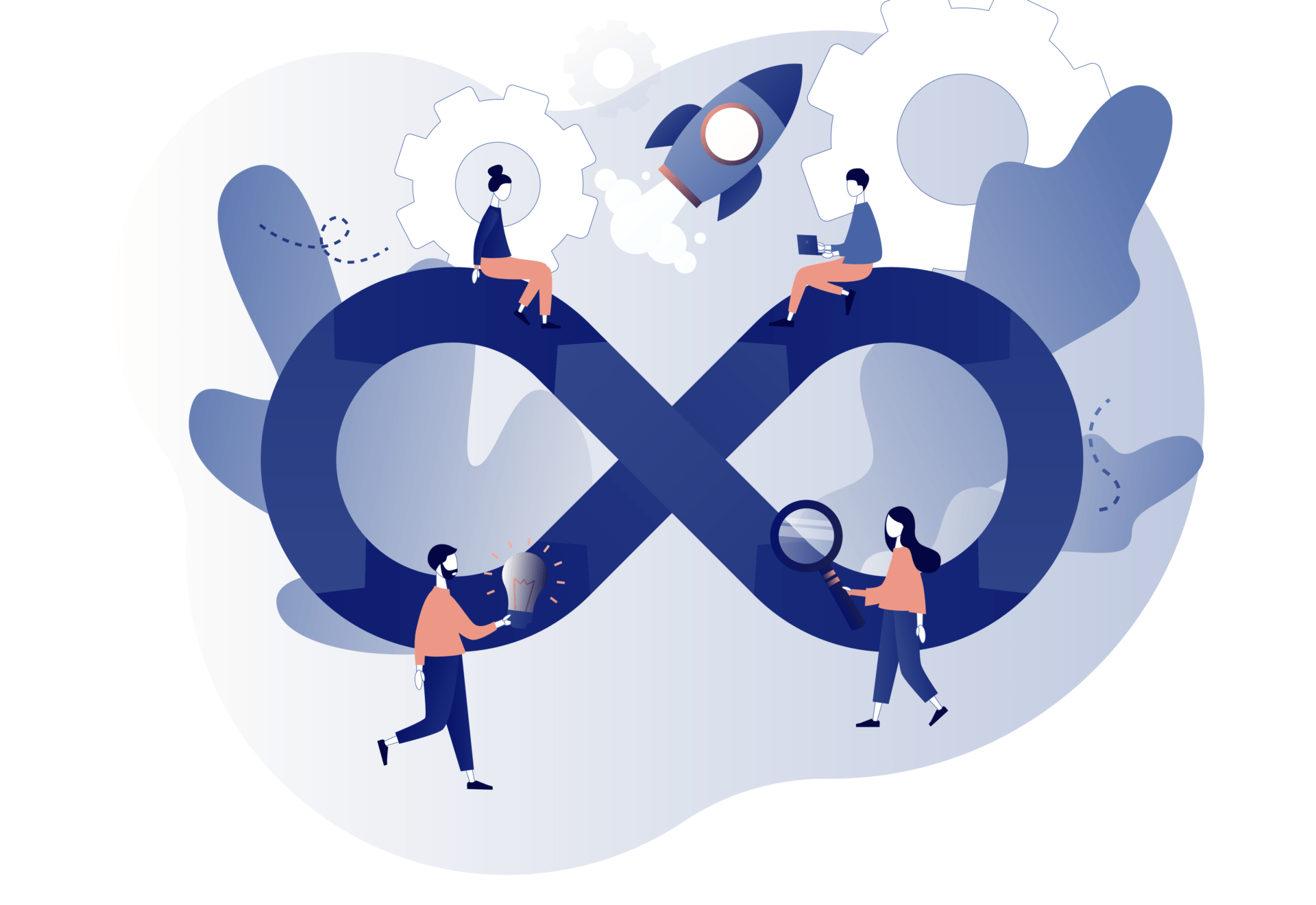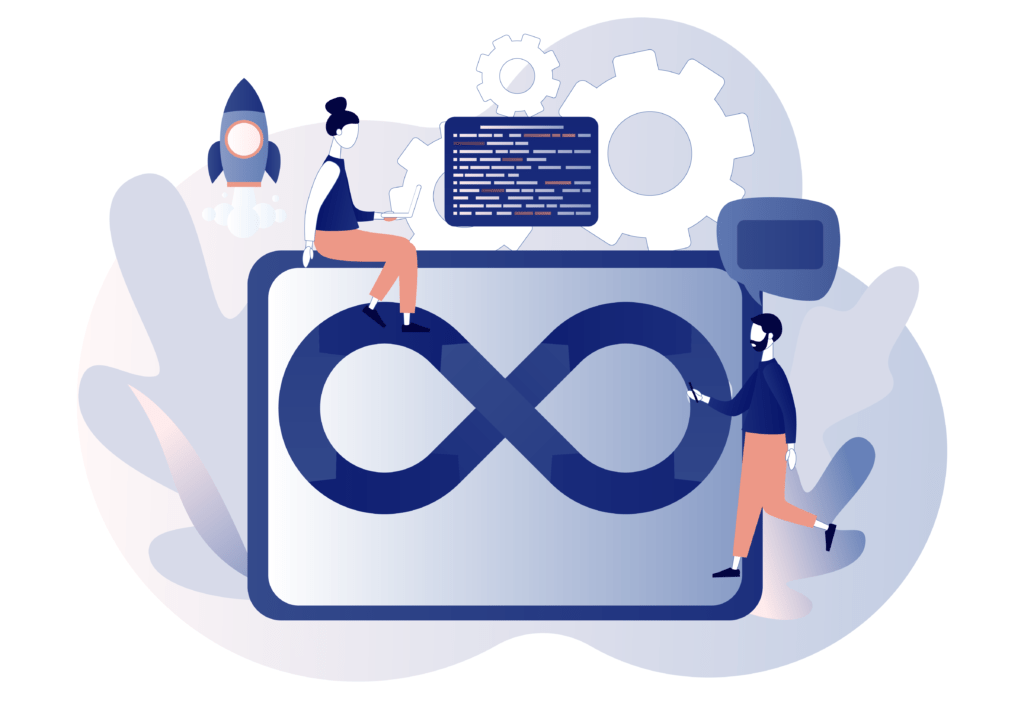Most successful products go through five stages in their lifetime. It’s important to have a clear understanding of this product life cycle because each of these stages comes with different considerations in terms of things like marketing, financing, and manufacturing. Plus, you can use the product life cycle to your advantage by adapting your offerings as customer preferences, available technology, and competition changes.
Stage 1: Development
Sometimes called stage 0, the development stage is when your business makes an investment to start coming up with ideas, testing prototypes, and creating a strategy for the product launch. There are no sales at this stage — it’s all about research. This is a time of high costs and no returns. The development stage may last some time, depending on factors like the complexity and novelty of the product, whether you’ve produced something similar before, and your competition.
Stage 2: Introduction
The stage when your product reaches the market is called the introduction stage. At this point, you can expect to see only low sales, whereas costs related to manufacturing and marketing will be high. You are likely to see losses rather than profits. You should see a gradual increase in demand, although you’ll need to create this demand yourself, as it’s unlikely to come naturally.
At this stage, you’ll need to work hard to market your product, making sure your target customers are aware of its existence and excited to try it for themselves. You should also focus on branding. This is especially important if your product is expensive, as it’s crucial that customers feel they can trust you to bring them high quality.
You may need to experiment with a number of channels to figure out where customers respond best to your message. Then, focus your attention just on these places. Marketing should be all about educating consumers what your product is, why they need it, and how it will bring value to their lives. If your product is completely unique, the introduction stage is your chance to monopolize the market before the competition has a chance to create its own solution.
Stage 3: Growth
If you’re successful at generating hype around your product, you’ll move into the growth stage. At this point, customers will be seeking the product without you needing them to try it. With increasing demand, you’ll see rising profits and lower expenses, eventually exceeding the break-even point.
It’s important you promote your product at the growth stage even more than at the introduction stage. The good news is you’ll have word-of-mouth marketing on your side. You should also have developed some customer loyalty at this point. This means you can expect customers to start making subsequent purchases from you.
The challenge at this point is to maintain your position in the market. As competitors see your product taking off, they’ll want to offer their own options. Branding is crucial to ensure customers continue to see you as the top choice. You may need to lower your prices as a result.
The growth stage is also ideal for exploring new distribution channels. For instance, you could start selling in brick-and-mortar stores as well as online or offer a wholesale price to vendors who are interested in purchasing in bulk.
To stay in the growth stage as long as possible (which should be your aim, as it will mean you continue increasing your market share), think about new features you could add to your product and other aspects that would increase the appeal. This is the ideal time to innovate, as it will keep you ahead of the competition and improve your brand image. Use feedback from customers to determine the best strategy.
Stage 4: Maturity
At a certain point, your product growth will peak and level off because it has reached market saturation. This is the maturity stage, also called saturation stage — the longest stage in the product life cycle. The point at which you reach saturation will depend on a number of factors, including the purchasing power of your target customers, what your competition is doing, your price point, and advances in technology.
In the maturity stage, your sales stay consistent: they neither grow nor fall. However, you may need to drop your prices again to keep up with the competition. In fact, competition is an even greater threat at the maturity stage than at the growth stage. For this reason, it’s important to continue innovating. It will be through making changes to your product that you maintain your popularity, show that your product is still relevant, and stay in the maturity stage as long as possible.
The great thing about the maturity stage is that you’ll feel confident you know what you’re doing. You’ll be able to learn from the mistakes you made in the past to market your product more efficiently and effectively. In particular, you should center your campaigns on differentiation and offer exceptional customer service. Another potential strategy is to find a new target market to expand your potential audience.
Stage 5: Decline
In the final stage of the product life cycle, your product is no longer useful or desirable to customers. Sales start to drop and competition becomes too high. It becomes ever more difficult to see profits, meaning it makes sense to focus on streamlining production and distribution than to push for more sales.
At the end of the decline stage, it’s no longer even practical to manufacture your product and production ends. However, this does not mean your business as a whole is in decline. You can use your position in the market and the customer base you’ve built from bringing a successful product to market to start again with a new idea. This means starting once more at the development stage — hence, life cycle.

Different Product Life Cycles
Some products don’t follow a conventional life cycle for a variety of reasons. These include the following situations.
International Life Cycle
We mentioned above that you can extend the maturity stage by searching for new markets. One option could be to find an international audience for your product. Every time the product starts to near the decline stage in one country, you can explore opportunities in another.
Differently-Shaped Cycles
Some of the products you enjoy on a regular basis have been around for decades. These products stay almost permanently in the maturity stage. On the flip side, a sudden fad may take over the market suddenly. Such products experience rapid growth, only minimal maturity, and a rapid decline.
Unpredictable Life Cycles
When your product does not grow at a steady rate, predicting the rest of the life cycle can be difficult. This can be the case if you have a high-risk product or if there are particular times of the year when uptake is much higher than others. In these cases, it’s important to consider external factors instead of looking at the product purely from a life cycle point of view. Otherwise, you’ll make mistakes in your strategy. These could cost you profits, decrease your efficiency, or even push you into the subsequent stage of the life cycle prematurely.
To see success at every stage of the product life cycle, you need to dedicate enough time to the activities above. The downside, of course, is that this can put a strain on your team members, who are also trying to keep up with their routine business tasks. The solution is to contract a virtual assistant who can support you with a variety of tasks — like the versatile virtual assistants from MYVA360. Schedule a consultation to receive a 10-percent discount on our services.





